Life, Death, and Duty in the Pandemic Years
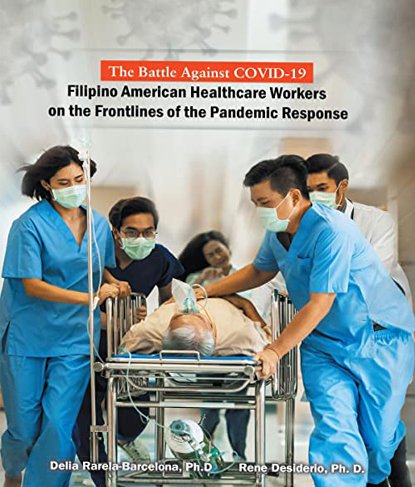
Book Review: The Battle Against Covid-19: Filipino American Healthcare Workers on the Frontlines of the Pandemic Response, by Delia Rarela-Barcelona and Rene Desiderio (Delia Rarela-Barcelona, 2022)
This month of May marks the first anniversary of the declared end of the Covid-19 global pandemic. While the announcement brought relief, there was no ignoring the grim reality:
• 704,753,890 worldwide were infected (not counting China which did not release stats).
• 7,010,681 died;
• Millions of jobs were lost;
• Economies were devastated;
•Industries and companies closed down;
For Filipino American health care workers (HCW), the pandemic was particularly lethal. Almost half of the fatalities among nurses of color in the US were Fil-Ams. In overstressed, overworked, over-capacity hospitals particularly in the US epicenter, New York City, FilAm HCWs held the fort.
“Without Filipino nurses, the U.S. healthcare system would have been paralyzed,” Dr. Leo-Felix Jurado told TIME Magazine. [Filipino Nurses are at the Forefront of Global Healthcare — Positively Filipino | Online Magazine for Filipinos in the Diaspora]
As Dr. Delia Rarela-Barcelona, PhD, and her colleague Dr. Rene Desiderio, PhD, watched the pandemic evolve and spike “to unimaginable levels,” they found their pandemic project. The two were working on documenting the life histories of Filipino immigrants in the US, but the Covid-19 lockdown halted their plan. As stories of the heroic efforts of Fil-Am HCWs came into view, they decided to shift their focus.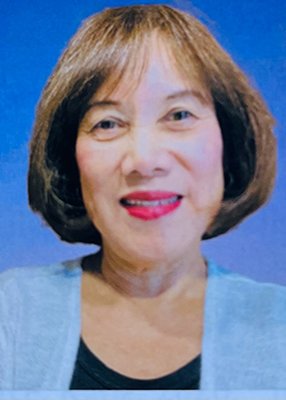
Delia Rarela-Barcelona
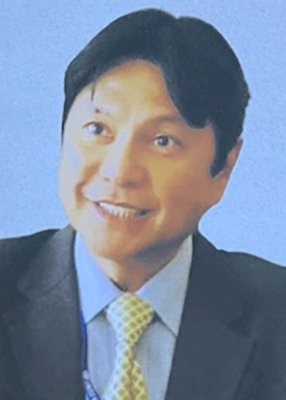
Rene Desiderio
The result is the book The Battle Against COVID-19: Filipino American Healthcare Workers on the Frontlines of the Pandemic Response, quite a mouthful for a title yet it captures the full scope of the documentation that both authors undertook to pay tribute to those essential workers who risked (and even gave) their lives to save others.
The coverage of the book makes it a social researcher’s dream source -- an important and comprehensive historical record of the beginnings, the extent, the repercussions, the subsequent remedies, and other significant data on the war against the first global pandemic of the 21st century. For Fil-Ams, it provides context on Filipino migration waves in America including the influx of Filipino professionals –doctors, nurses, therapists, technicians, and caregivers – many of whom were called upon to be frontliners in this battle against a virus. More importantly, the book collects stories told by these frontliners themselves, thus humanizing the full impact of the pandemic that hard data alone cannot convey.
Gathering these stories wasn’t easy. The authors were doing their research and interviews at the height of the pandemic when the only way to talk was through online meets like Zoom. As Rarela-Barcelona explains, “The biggest challenge was to look for HCWs to interview – many of them at that time were just too exhausted to pause from their hectic schedule for a virtual call. Some did not even have time to take a break, much less go home to their families.”
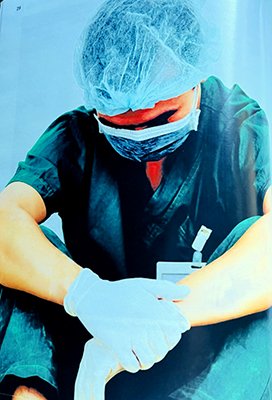

Exhausted Fil-Am front-liners taking a break.
But this former dean of the University of the Philippines’ College of Mass Communications in Diliman is not the type to be easily cowed by obstacles. Both she and Desiderio are battle-tested United Nations field operatives (she in Mongolia and the Arab states; he in Africa and Asia) and they know their way around barriers (both physical and virtual) and seeming dead-ends. Their biggest ace, of course, was the extensive informal networks of Filipino kababayans who connected them to those they needed to talk to.
“Eventually, through personal networks and circles of friends and families -- many typically had relatives working in USA hospitals -- I managed to find some respondents who shared very heartbreaking as well as heartwarming stories of how it was to be a doctor, nurse, technologist, therapist, support staff, administrator during this daunting global health crisis, only comparable to the 1918 Spanish flu,” Rarela-Barcelona recalls.
Here are some of the stories:
“When New York City became the epicenter of the COVID-19 pandemic, my main base of operations at that time, the operating room, quickly turned upside down. The operating areas were all converted into ICUs, and our medication deliveries, which were normally scheduled, became erratic, demanding, and significantly heavier. We were constantly on call, physically exhausted, and scared not only for ourselves but for other staff members and patients alike.” - Chelsea R. Intal, Certified Pharmacy Technician
“When the pandemic happened, it was unprecedented. You are fearing for your own life and for the life of your colleagues. You see the people around you – your colleagues were getting sick, were critical or even died. So, I wondered, should I go back to the Philippines? Should I leave New York? Is it worth it to not see my family again --.the realization that despite the losses, there were still people we saved? Saving someone and discharging them from the hospital outweighs a lot of the hardships. This continues to give us hope.” – Bea Leal, Internal Medicine Doctor
“Sometimes at the end of a really long shift, one is ready to scream or collapse due to fatigue.” – Marites Valles Rarela, 20-year Registered Nurse
“It was hard. For other diseases, at least you can give them answers, but during COVID-19, we had no answers. Are they going to get better? Does this treatment work? We had no answers. Basically, we would tell them that we were doing everything we can with what we know, but we had no definite answer for anybody.” – Nicolo Firme, Internal Medicine Doctor
“They are just there fighting it alone. We are holding their hands; we are trying to stay with them. They are scared. They do not want to be alone. We show them that we care and that we are there to support them and that we are trying to get them better…all just through our eyes is hard…they cannot see me worrying for them.” – Melanie La Madrid, Registered Nurse, ICU
“More than twelve hours in our gears…face shield, PPE, masks, isolation gowns over the uniform…were almost an unbearable torture. When supplies were short, we had to re-sterilize the N95 and bear the smell of the sterilizing agent. We had to use one gown per shift, instead of one gown per patient. There were times when we had no choice but to change gowns using garbage bags. We just needed to improvise to ensure our own protection.” – Marites Valles Rarela, 20-year Registered Nurse
“I saw many people dying and it has brought tears to my eyes, but also has renewed my commitment to be present for the sick and dying. I feel privileged as a chaplain as I am able to strengthen patients, spiritually.” – Fr. Francis Conde, Hospital Chaplain
“In this very challenging time, to save a life is not a job, but an obligation as a human being. You serve beyond the call of duty, without expecting anything in return.” – Angelina Lauchangco, Medical Doctor
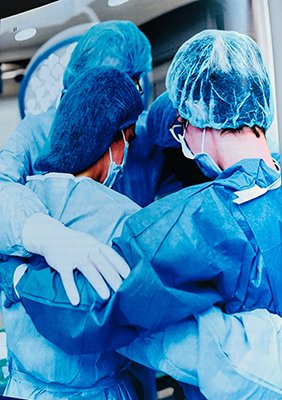
Fil-Am healthcare workers drew strength from each other.
It wasn’t all clouds and grimness, however. Filipinos being Filipinos, they found or created situations to celebrate. A group of Filipinos in the Little Manila neighborhood of Woodside, Queens, brought free meals (under the NYC initiative called “Meal to Heal”) to Filipino HCWs in various hospitals and health facilities, and raised funds to keep Filipino community restaurants operating. A sterling demonstration of the Filipino bayanihan spirit.
And then there was love. California nurses Thomas Pilota and Diane Francesco Faraon got married virtually while wearing their PPEs.
The Beatles even played a role in lifting the spirits of the exhausted HCWs. In many NY hospitals, whenever a recovered patient is released from confinement, the George Harrison song, “Here Comes the Sun” would be played, becoming the anthem of hope and joy.
“In this very challenging time, to save a life is not a job, but an obligation as a human being. You serve beyond the call of duty, without expecting anything in return.” – Angelina Lauchangco, Medical Doctor
It’s 2024 now and the COVID-19 virus, while still around, is pretty much vanquished. We have survived, although wounded and saddened. The three pandemic years may not be our favorite time to recall; indeed, many are trying to banish the memory. Thus, this book assumes a greater gravitas – it tells the story of a world turned upside down by disease when survivors do not have the will or the capability to look back. It will do our remembering for us.

No comments